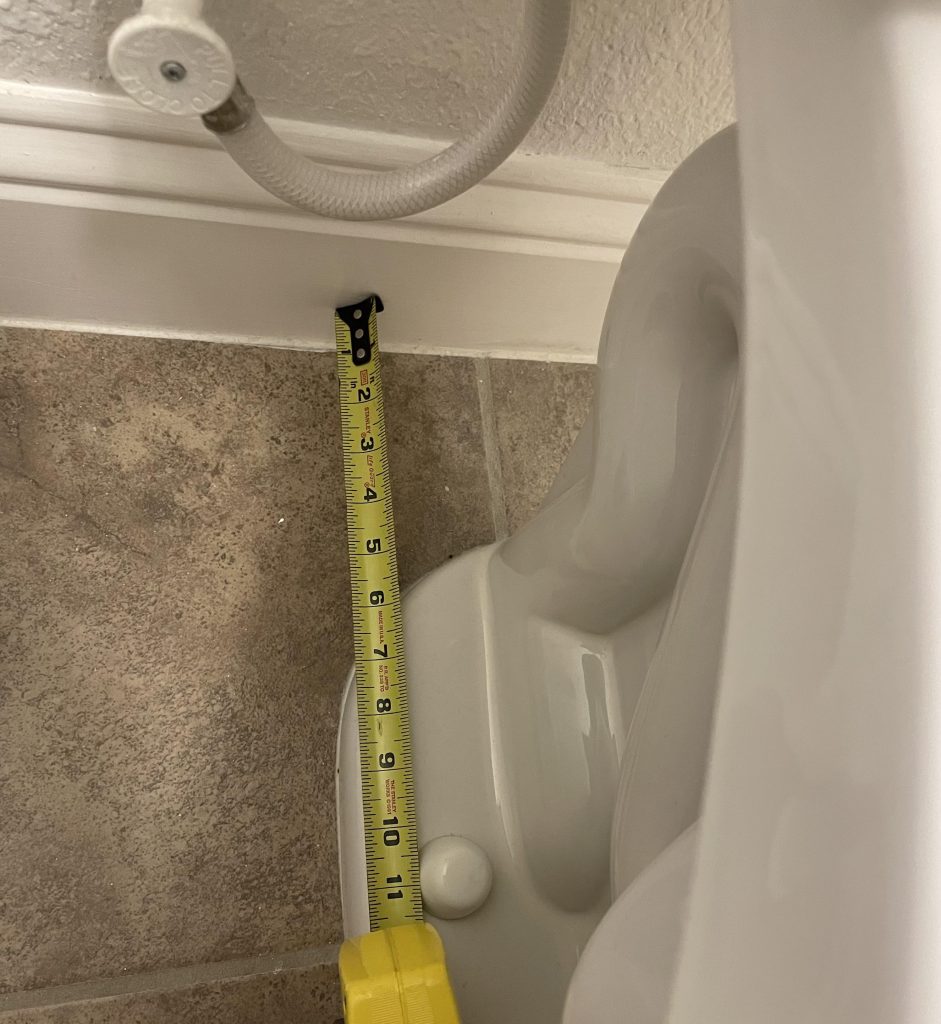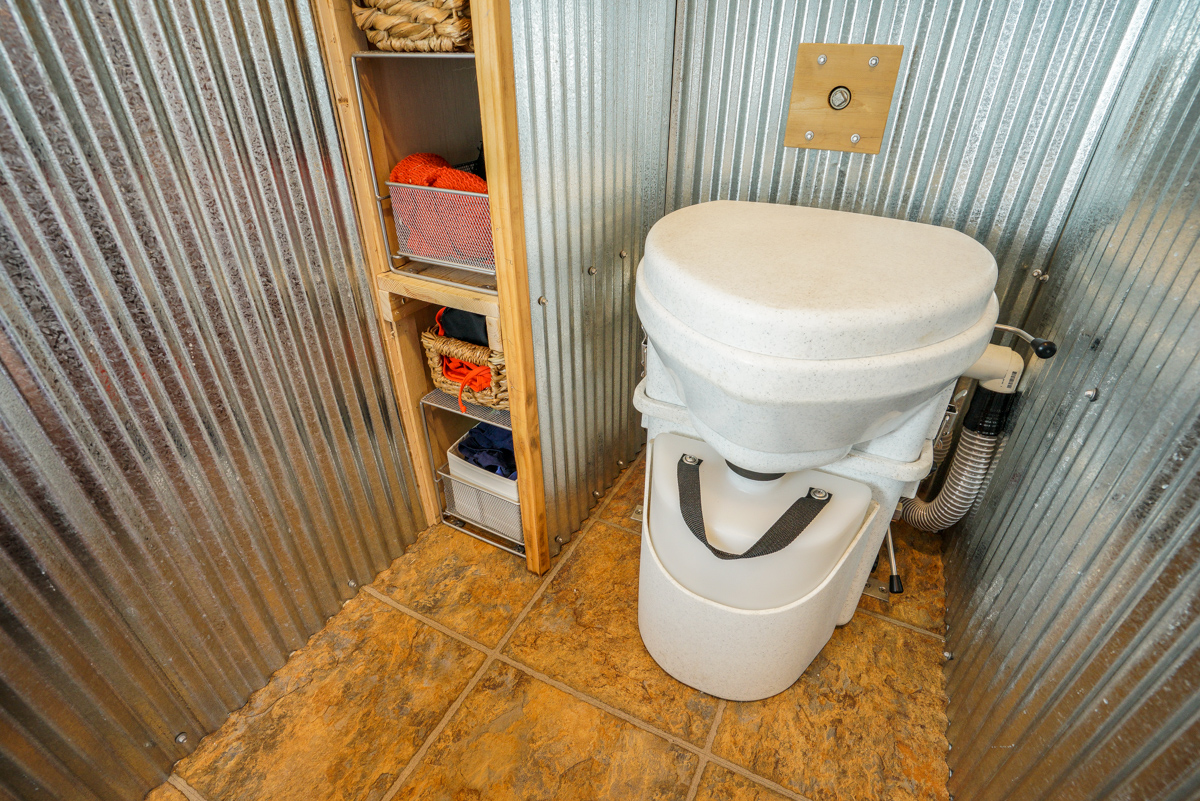Disclosure: This post contains affiliate links and I will be compensated if you make a purchase after clicking through my links. Learn More
A clogged toilet is a common household problem that can cause significant inconvenience. Whether you’re a homeowner, renter, or just someone looking for a quick solution, knowing how to unclog a toilet is an essential skill. In this comprehensive guide, we’ll walk you through everything you need to know about unclogging toilets, including a secret tip that many professional plumbers don’t often share with their clients.
Toilets can become clogged for various reasons, from excessive toilet paper use to accidental flushing of non-flushable items. Sometimes, the culprit is as simple as mineral buildup from hard water. Regardless of the cause, a clogged toilet can disrupt your daily routine and potentially lead to messy, unhygienic situations.
The good news is that most toilet clogs can be resolved without calling a professional plumber. With the right knowledge and a few simple tools, we can often clear the blockage ourselves. We’ll explore multiple methods to unclog a toilet, suitable for different scenarios and levels of severity. By the end of this guide, you’ll be equipped with the skills to tackle this common household problem with confidence.
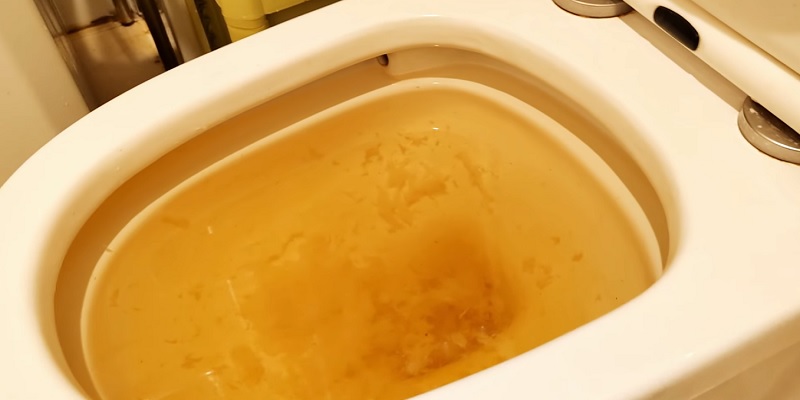
Understanding Toilet Clogs
Before we delve into the solutions, it’s important to understand why toilets get clogged. This knowledge will not only help us choose the most effective unclogging method but also prevent future clogs.
Common Causes of Toilet Clogs
Excessive toilet paper: Using too much toilet paper in a single flush can overwhelm the toilet’s flushing capacity, leading to a clog.
Non-flushable items: Objects that shouldn’t be flushed, such as baby wipes, paper towels, cotton swabs, or small toys, can easily cause blockages.
Hard water deposits: In areas with hard water, mineral deposits can accumulate in pipes over time, narrowing the passage and making clogs more likely.
“Flushable” products: Despite their name, many “flushable” wipes and similar products don’t break down adequately in water and can contribute to clogs.
Low-flow toilets: Some older low-flow toilet models may lack sufficient flushing power to clear the bowl completely, potentially leading to clogs.
Signs of a Clogged Toilet
Identifying a clog early can help prevent more serious issues. Here are some signs to watch for:
Rising water level: When flushed, the water in the bowl rises higher than usual and doesn’t drain normally.
Slow drainage: After flushing, the water drains very slowly, sometimes taking several minutes to go down.
Gurgling sounds: Unusual gurgling noises coming from the toilet, even when it’s not in use, can indicate a developing clog.
Overflow risk: In severe cases, the toilet may be at risk of overflowing when flushed. If this occurs, it’s crucial to shut off the water supply immediately.
General Precautions Before Unclogging
Before we begin the unclogging process, it’s essential to take some precautionary steps. These measures will make our job easier and help prevent any potential messes:
Turn off the water supply: Locate the shut-off valve near the base of the toilet and turn it clockwise to stop the water flow. This prevents additional water from entering the bowl if we need to flush again.
Avoid repeated flushing: While it might seem logical to keep flushing in hopes of clearing the clog, this can actually worsen the situation, especially if the toilet is already full.
Gather necessary tools and materials: We’ll need:
- Rubber gloves
- A bucket
- Old towels or rags
- A plunger (preferably a flange plunger)
- Dish soap
- Baking soda
- White vinegar
- Hot (not boiling) water
Prepare the area: Remove any rugs, towels, or bathroom accessories from around the toilet. If water has spilled onto the floor, clean it up to prevent slips.
Protect yourself: Put on rubber gloves. This not only maintains hygiene but also provides a better grip on tools.
Have a plunger ready: If you have a plunger, keep it nearby. We’ll discuss effective plunging techniques shortly.
Stay calm and focused: Remember, toilet clogs are a common issue that can usually be resolved without professional help. Approach the task calmly and methodically.
By taking these precautions, we set ourselves up for success and minimize the risk of creating additional problems or messes. With our preparation complete, we’re now ready to explore various methods for unclogging the toilet.
First Simple DIY Method to Unclog a Toilet
Before trying any other DIY methods, we suggest first attempting to clear the clog with a round-shaped toilet cleaning brush. This method is effective for small clogs and comes from our firsthand experience.
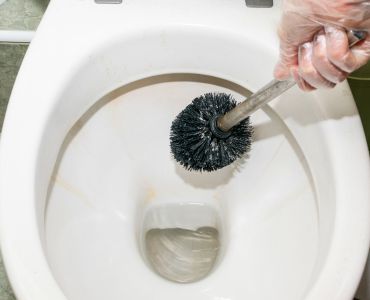
Step-by-Step Guide:
- Position the Brush: Set the round head of the brush on the toilet bowl drain hole.
- Push and Rotate: Push and rotate the brush continuously until the clog clears.
Most of the time, this method works fine for minor clogs. As a primary attempt, it is highly effective. If this doesn’t work, you can then try the other unclogging methods discussed in the following sections.
How to Unclog a Toilet with a Plunger
The plunger is often our first line of defense against toilet clogs, and for good reason. It’s simple, effective, and doesn’t require any chemicals. Let’s explore the types of plungers and how to use them effectively.
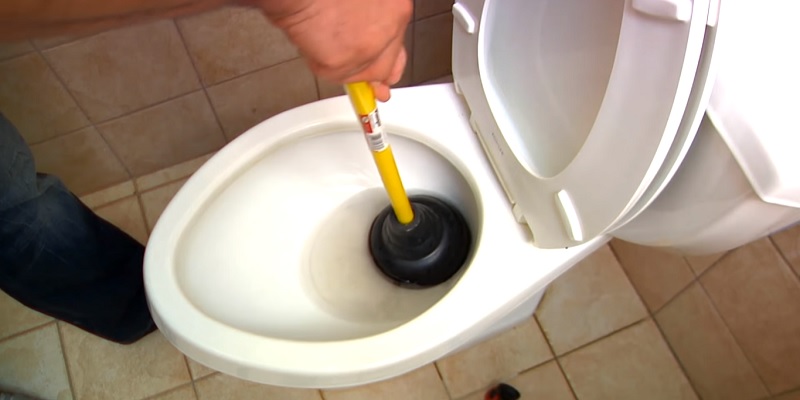
Types of Plungers
Cup Plunger: This is the standard plunger you might picture – a rubber cup on the end of a stick. While it works well for sinks and bathtubs, it’s not ideal for toilets.
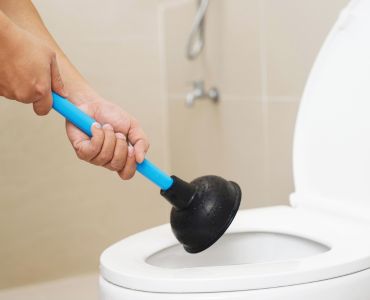
Flange Plunger: This type has an extra rubber flap that folds out from inside the cup. It’s specifically designed for toilets and provides a better seal, making it more effective for unclogging.
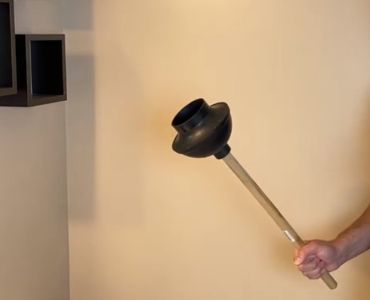
Step-by-Step Guide to Plunging
Ensure sufficient water: The toilet bowl should have enough water to cover the plunger’s head. If it doesn’t, add some water from a bucket.
Position the plunger: Place the plunger over the toilet bowl’s drain hole, ensuring the rubber cup covers it completely.
Create a seal: Press down firmly to create a tight seal between the plunger and the bowl.
Start plunging: Push down and pull up vigorously, maintaining the seal. The goal is to create suction that will dislodge the clog.
Maintain a rhythm: Continue the up-and-down motion for about 20 seconds. Keep the seal intact throughout.
Check for success: After 20 seconds, pull the plunger away and see if the water drains. If not, repeat the process.
Flush to test: Once the water seems to be draining normally, flush the toilet to ensure the clog is fully cleared.
Tips for Effective Plunging
Use hot water: Before plunging, pour some hot (not boiling) water into the bowl. This can help break down the clog.
Apply petroleum jelly: Spread a thin layer of petroleum jelly around the rim of the plunger to improve the seal.
Maintain the seal: Focus on keeping a good seal rather than using excessive force. The suction is what clears the clog.
Be patient: Sometimes it takes several attempts to clear a stubborn clog. Don’t get discouraged if it doesn’t work immediately.
Clean the plunger: After use, rinse the plunger with hot water and a disinfectant to maintain hygiene.
Common Mistakes to Avoid
Using too much force: Aggressive plunging can damage the toilet or plumbing. Use firm but controlled motions.
Plunging after using chemical drain cleaners: This can splash harmful chemicals. Always plunge before resorting to chemicals.
Using a plunger with a weak seal: If your plunger is old or damaged, it may not create a proper seal. Replace it if necessary.
Giving up too soon: Some clogs require persistent effort. Don’t abandon plunging too quickly in favor of more drastic measures.
When Plunging Doesn’t Work
If plunging doesn’t clear the clog after several attempts, don’t worry. We have other methods to try, which we’ll explore in the next sections. Remember, different clogs may require different approaches, and what works for one may not work for another. Stay patient and methodical, and we’ll find a solution that works for your situation.
How to Unclog a Toilet Without a Plunger
While a plunger is a handy tool, it’s not always available or effective. Fortunately, there are several other methods we can use to clear a clogged toilet. Let’s explore these alternatives:
#1 Using Hot Water and Dish Soap
This method can be particularly effective for clogs caused by organic matter.
Step-by-step guide:
- Pour about a cup of dish soap into the toilet bowl. The soap helps break down the clog and lubricates the pipes.
- Follow with a gallon of hot (not boiling) water. Pour it from waist height for added force. The heat and force help dislodge the blockage.
- Let it sit for 10-15 minutes. This gives the soap and hot water time to work on the clog.
- Flush to see if the clog has cleared. The combination of soap, hot water, and flushing often does the trick.
Safety precautions:
- Avoid using boiling water as it can crack the porcelain. Hot tap water is sufficient.
- Be careful not to overflow the bowl when adding water. If the water level is already high, remove some before starting.
#2 Using Baking Soda and Vinegar
This classic combination creates a fizzing action that can break down clogs.
Mixing ratios and application steps:
- Pour 1 cup of baking soda into the toilet bowl. It helps absorb bad odors too.
- Slowly add 1 cup of white vinegar. The mixture will start to fizz and bubble.
- Let the mixture fizz and sit for about 20 minutes. The chemical reaction helps break down the clog.
- Flush the toilet to check if the clog has cleared. The fizzing action often loosens the blockage.
Waiting period and outcomes:
- The fizzing action may take a while to work on tough clogs. Be patient.
- For stubborn blockages, you may need to repeat the process. Sometimes a second application does the trick.
#3 Baking Soda and Vinegar: A Plumber’s Trick
We’ve taken the basic baking soda and vinegar method and improved it to make it more effective. This enhanced technique uses common household items and a simple tool to powerfully clear toilet clogs. It’s a method we’ve refined over years of plumbing experience.
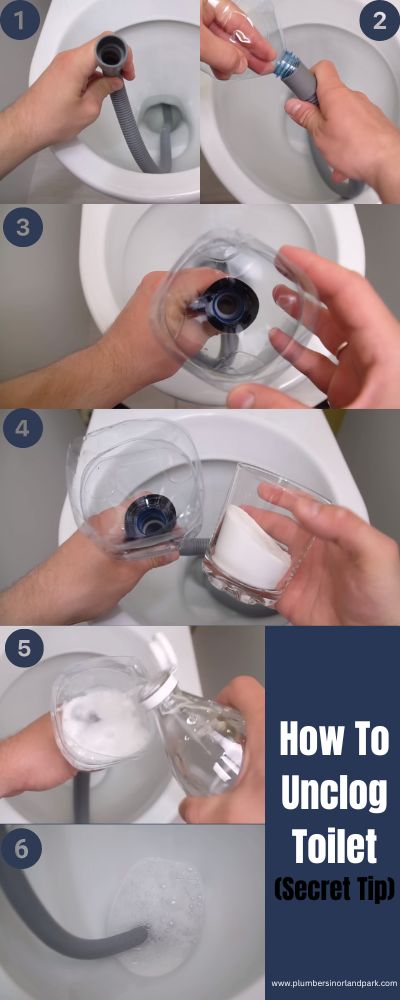
Our Improved Method: The Washing Machine Hose Trick
What You’ll Need:
- Washing machine hose (about 3 feet long)
- Plastic soda bottle (2-liter size works best)
- Baking soda and white vinegar
- Duct tape or strong waterproof tape
- Scissors
- Gloves for safety
How to Do It:
Step 1: Get Your Tools Ready
- Cut the top off the soda bottle to make a funnel. This helps direct the mixture.
- Cut one end of the hose at an angle. This angled cut helps the hose navigate the toilet’s curves more easily.
Step 2: Put It Together
- Push the straight end of the hose into the bottle.
- Tape it tightly so no air can escape. A good seal is crucial for creating pressure.
Step 3: Place the Hose
- Carefully push the angled end of the hose into the toilet.
- Guide it past the visible part of the bowl and into the trap.
- Make sure the bottle sits firmly on the toilet rim to prevent spills.
Step 4: Add the Cleaning Mix
- Pour 1 cup of baking soda directly into the toilet bowl.
- Quickly follow with 1 cup of vinegar through your bottle-hose device.
- You might hear bubbling sounds as the mixture reacts.
Step 5: Wait and Flush
- Let it work for 15-20 minutes. During this time, the mixture is breaking down the clog.
- For tough clogs, you can repeat this process once more.
- Finish by flushing with hot tap water. The hot water helps wash away any remaining debris.
Why It Works:
This method sends the baking soda and vinegar mixture directly to the clog, rather than diluting it in the bowl water. The hose provides extra pressure, helping to break up the blockage more effectively. The chemical reaction between baking soda and vinegar creates bubbles that help dislodge debris.
Stay Safe:
Always wear gloves when working on your toilet. While baking soda and vinegar are safe household products, it’s best to protect your hands when dealing with plumbing issues.
This technique is one we’ve perfected over many years of plumbing work. It’s significantly more effective than just pouring baking soda and vinegar into the bowl, as it targets the clog more directly. Give it a try next time you’re facing a stubborn toilet clog – you might be surprised at how well it works!
#4 Using a Toilet Auger (Plumbing Snake)
A toilet auger is a specialized tool designed to reach deeper clogs.
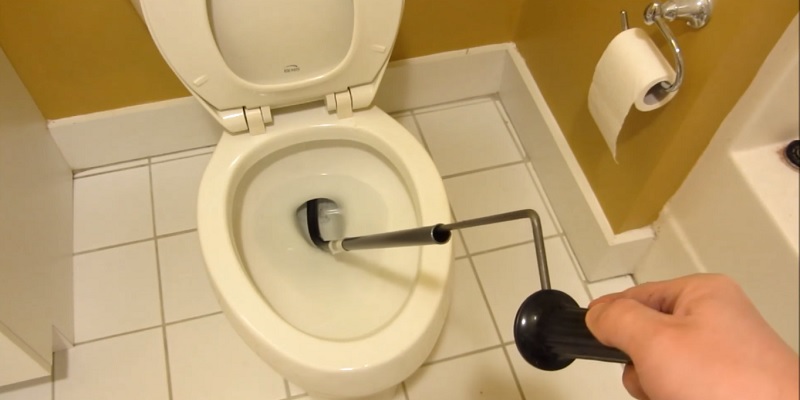
How to insert and use an auger:
- Extend the auger’s cable slightly from the housing. This prepares it for insertion.
- Insert the curved end into the toilet bowl, guiding it into the drain. The curved design helps it navigate the toilet’s trap.
- Turn the handle clockwise to feed the cable further into the pipe. This moves the auger deeper into the plumbing.
- When you feel resistance, continue turning to break up the clog. The auger’s tip helps break apart the blockage.
- Retract the cable and flush to test. This removes the loosened clog material.
Tips for avoiding damage to the toilet:
- Use gentle, steady pressure to avoid scratching the porcelain. Let the auger do the work.
- Clean the auger thoroughly after use to prevent contamination. This keeps it hygienic for future use.
#5 Using Plastic Wrap
This method creates suction to dislodge the clog.
Detailed method with plastic wrap:
- Cover the entire toilet bowl with plastic wrap, ensuring a tight seal. This creates an airtight environment.
- Flush the toilet once, holding down the plastic wrap. This builds up pressure in the bowl.
- The plastic should bubble up. Push down gently on this bubble. This forces air and water into the drain.
- Remove the plastic wrap and check if the clog has cleared. The pressure often dislodges the blockage.
How it works and why it’s effective:
- The plastic wrap creates an airtight seal, allowing pressure to build up in the bowl and pipes.
- When you push on the bubble, it forces air and water into the drain, potentially dislodging the clog.
#6 Using Enzyme Waste Remover
Enzyme cleaners can break down organic matter causing clogs.
Types of enzyme cleaners:
- Look for products specifically designed for toilet clogs. These are formulated to work in water.
- These often contain bacteria that produce enzymes to break down waste. The bacteria continue working over time.
Application instructions and waiting period:
- Pour the recommended amount of enzyme cleaner into the bowl. Follow the product instructions for best results.
- Let it sit for the time specified on the product (often overnight). This gives the enzymes time to break down the clog.
- Flush to see if the clog has cleared. The enzymes should have dissolved much of the organic matter.
These methods offer alternatives when a plunger isn’t available or effective. Remember, different clogs may respond better to different approaches. If one method doesn’t work, try another. With patience and persistence, most clogs can be cleared without calling a plumber.
Special Considerations for Different Scenarios
Not all toilet clogs are created equal. Some situations require specific approaches or extra care. Let’s explore how to handle various challenging scenarios:
Handling solid waste: Techniques for unclogging a toilet with poop
When dealing with this common but tricky situation, start with the hot water and dish soap method. This combination helps break down organic matter effectively. If that doesn’t yield results, try the baking soda and vinegar method for its fizzing action. For particularly stubborn clogs, a toilet auger may be necessary to physically break up the blockage. Always prioritize safety by wearing gloves and being cautious to avoid any splashing.
High water levels: Methods to manage and reduce water levels before unclogging
If the bowl is already full, your first step is to prevent overflow by turning off the water supply valve immediately. Use a small bucket or cup to carefully remove excess water from the bowl, placing it in a separate container for later disposal. Once you’ve lowered the water level to a manageable height, you can proceed with your chosen unclogging method safely.
Severe blockages: Steps for dealing with badly blocked toilets
For particularly stubborn clogs, start with vigorous plunging using rapid, forceful movements. If plunging fails to resolve the issue, move on to using a toilet auger, which can reach deeper into the pipes. Consider using a combination of methods for maximum effect, such as following the baking soda and vinegar treatment with hot water. If the clog persists after multiple attempts with various methods, it may be time to seek professional assistance.
Combined challenges: Best practices for toilets full of poop and water
This challenging scenario requires a careful, step-by-step approach. Begin by addressing the high water level as described earlier. Then, use a combination of the hot water and dish soap method along with careful plunging. If this proves unsuccessful, cautiously use the toilet auger to break up the solid waste. Throughout this process, be extra vigilant about avoiding splashes, and consider using protective eyewear for added safety.
Dealing with non-flushable items
When you suspect a non-flushable item is causing the clog, avoid chemical drain cleaners as they can be ineffective and potentially damage pipes. Instead, opt for a toilet auger, which can often hook onto or break up the item. If the object is visible and within reach, consider using rubber gloves for manual removal. For items that prove impossible to remove or in cases where you’re unsure about the nature of the blockage, it’s best to seek professional help.
Addressing slow-draining toilets
For toilets that flush but drain slowly, regular maintenance can often prevent bigger issues. Use enzyme cleaners periodically to help prevent buildup in the pipes. Check and clean the rim jets (the small holes under the toilet rim) using a wire hanger or brush. Also, inspect the vent pipe on your roof, as a clogged vent can lead to slow draining.
Remember, prevention is key to avoiding future clogs. Educate household members about proper flushing habits, and keep essential tools like a plunger and toilet auger on hand for quick action when needed. If you encounter persistent problems or feel unsure about handling a particular situation, don’t hesitate to consult a professional plumber.
Preventive Measures for Future Clogs
An ounce of prevention is worth a pound of cure, especially when it comes to toilet clogs. By implementing a few simple practices and educating your household, you can significantly reduce the likelihood of future blockages. Here’s how:
Educating household members on what not to flush
One of the most effective ways to prevent clogs is to be mindful of what goes into the toilet. Only human waste and toilet paper should be flushed. Create a list of items that should never be flushed and share it with everyone in your home. This list should include:
- Wet wipes (even those labeled “flushable”)
- Paper towels and facial tissues
- Feminine hygiene products
- Cotton swabs and cotton balls
- Dental floss
- Hair
- Diapers
- Cat litter
- Medications
- Food waste
Regular maintenance tips
Implementing a routine maintenance schedule can help keep your toilet running smoothly:
- Use enzyme cleaners periodically: These products contain beneficial bacteria that break down organic matter in your pipes, preventing buildup over time.
- Clean the toilet bowl and rim jets regularly: Use a toilet brush to clean the bowl weekly, and clear any debris from the rim jets to ensure proper water flow during flushing.
- Perform a quarterly deep clean: Every few months, use a mixture of vinegar and baking soda to clean the toilet thoroughly, including hard-to-reach areas.
Installing a water softener if hard water is an issue
Hard water can lead to mineral buildup in your pipes, increasing the risk of clogs. If you live in an area with hard water, consider installing a water softener. This can help prevent scale buildup not just in your toilet, but throughout your plumbing system.
Practical tips for homes with children
Children can sometimes be curious or forgetful, leading to accidental flushes of non-flushable items. Here are some tips to prevent this:
- Install childproof toilet locks to prevent unsupervised access.
- Keep a small trash can near the toilet for easy disposal of non-flushable items.
- Teach children about proper toilet use from an early age.
- Consider placing a sign with simple instructions near the toilet as a reminder.
By implementing these preventive measures, you can significantly reduce the frequency of clogs in your toilet. Remember, consistent care and proper use are key to maintaining a well-functioning plumbing system.
When to Call a Professional
While many toilet clogs can be resolved with DIY methods, there are situations where professional help is necessary. Recognizing these scenarios can save you time, prevent damage to your plumbing system, and potentially avoid more costly repairs down the line. Here are signs that indicate a need for a plumber:
Signs That Indicate a Need for A Plumber
Persistent clogs: If you’ve tried multiple unclogging methods and the toilet remains blocked, it’s time to call a professional. This could indicate a more serious issue deeper in your plumbing system.
Multiple affected drains: If you’re experiencing clogs in multiple toilets, sinks, or showers simultaneously, this could point to a problem in your main sewer line.
Strange noises: Gurgling sounds coming from your toilet, especially when other water-using appliances are running, might indicate a venting issue or a partial blockage in your sewer line.
Sewage odors: Foul smells coming from your drains or yard could signify a broken sewer pipe, which requires immediate professional attention.
Slow drainage throughout the house: If all your drains are running slowly, not just the toilet, you might have a systemic issue that needs professional diagnosis.
Water backing up: If you see water backing up into your shower or tub when you flush the toilet, this indicates a serious blockage that requires professional attention.
Overflow: If your toilet regularly overflows, especially if this happens without flushing, you likely have a severe blockage or a problem with the toilet’s mechanisms.
Cost Considerations and What to Expect from Professional Services
When calling a plumber, it’s helpful to understand potential costs and services:
- Most plumbers charge a call-out fee plus an hourly rate. Some may offer flat rates for common services.
- For a simple clog, expect to pay between $100 to $300, depending on your location and the complexity of the job.
- More serious issues, like main sewer line problems, can cost significantly more, potentially ranging from $500 to several thousand dollars.
- A professional plumber should provide a clear explanation of the problem, potential solutions, and an estimate before beginning work.
- They may use specialized equipment like video cameras to inspect your pipes or high-pressure water jets for stubborn clogs.
- Always ensure your plumber is licensed and insured before they begin any work.
Remember, while it might seem costly to call a professional, attempting complex repairs yourself can sometimes lead to more damage and higher costs in the long run. When in doubt, it’s often safer and more cost-effective to consult with a professional plumber.
Final Thoughts
Unclogging a toilet doesn’t have to be a daunting task. With the methods we’ve explored, you’re now equipped to handle most toilet clogs confidently. Remember, the secret tip plumbers don’t often share is the versatility of household items like dish soap, hot water, and even plastic wrap in clearing stubborn blockages.
Prevention is key to maintaining a clog-free toilet. Educate your household about proper flushing habits, perform regular maintenance, and consider using enzyme cleaners periodically to keep your pipes clear.
While DIY methods are often successful, don’t hesitate to call a professional if you encounter persistent clogs or multiple affected drains. Remember, taking care of your toilet properly can save you time, money, and frustration in the long run.
With these tips and techniques at your disposal, you’re well-prepared to tackle toilet clogs effectively. Happy plunging!
FAQs About How to Unclog a Toilet
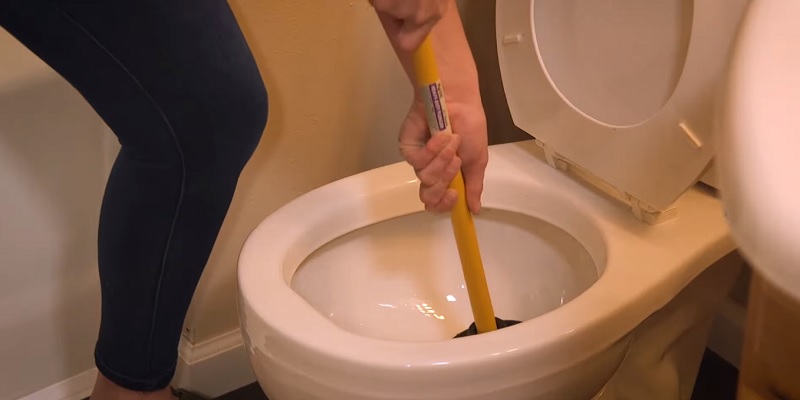
Can I use chemical drain cleaners to unclog my toilet?
It’s generally not recommended. Chemical drain cleaners can damage your pipes, harm the environment, and may not be effective for toilet clogs. Stick to the safer methods outlined in this article.
How long should I plunge before trying another method?
Give plunging a good effort for about 1-2 minutes. If you don’t see any improvement, move on to another technique.
Is it safe to use boiling water to unclog a toilet?
No, boiling water can crack the porcelain. Use hot tap water instead, which is warm enough to help break down clogs without risking damage to your toilet.
What should I do if my toilet keeps clogging frequently?
Frequent clogs may indicate a more serious problem, such as a partial blockage in the main sewer line. In this case, it’s best to consult a professional plumber.
Can flushing “flushable” wipes cause clogs?
Yes, despite being marketed as flushable, these wipes often don’t break down quickly enough and can accumulate in pipes, causing clogs. It’s best to dispose of them in the trash.

